At Kizik, we know the struggle: you get a fresh pair of shoes, and you want to keep them sharp. Creases? No thanks.
They don't just cramp your style—they hint that your favorite kicks could be checking out early. But imagine if you could stroll all day and keep those creases at bay—would you be interested? Thought so.
In this article, we're diving into the best practices for walking that help prevent those pesky creases. From the types of shoes that resist creasing to the secrets of a crease-free stride, we've gathered everything you need to know.
What are shoe creases?
Creases form right where your shoe bends along with your foot as you walk. While a few wrinkles might add character, deep creases can start to mess with the shoe's structure and shorten its life.
What causes shoes to crease?
A few culprits are usually to blame, from the material of your shoes to how you walk in them.
Let's break down the common causes:
Material matters
The type of material your shoes are made from plays a huge role in how much they crease. Leather, for example, is quite prone to creasing because it's a natural material that molds to the shape of your foot. Synthetic materials might not conform as closely to your foot's shape, but they can still crease, albeit usually less severely.
Fit and form
A shoe that fits poorly can also lead to more creasing. If there's too much space in the toe box, your foot will slide around, which puts extra stress on the material as it stretches to accommodate movement. On the flip side, overly tight shoes strain the material unnaturally every time you take a step, speeding up the creasing process.
Walking style
Your walking style, or gait, can also contribute to how your shoes crease. If you have a heavy step or your foot rolls inward or outward too much (overpronation or supination), the extra pressure can cause creasing where the shoe flexes the most.
Frequency of use
Wearing the same pair of shoes day in and day out doesn’t give them a chance to recover from the stress of wear, leading to deeper and faster creasing. Rotating your shoes is a simple way to give them a break and keep creases to a minimum.
Proper walking techniques to minimize creasing
You now know what causes shoes to crease, one of which being how you strut your stuff. But did you know you can actually tweak the way you walk to help keep those creases at bay?
Making small adjustments to your stride can play a big role in keeping your shoes looking sharp.
Mind your step
First up, be mindful of how you place your foot down with each step. Aim for a smooth, rolling motion from heel to toe. This natural motion distributes your weight more evenly and reduces the stress on your shoes’ flex points, which are often the first places to crease.
Take it easy
It might sound simple, but just slowing down a bit can reduce the force with which your shoes bend and flex. When you rush, you're more likely to slam your feet down harder, which not only tires you out faster but also pushes your shoes to crease prematurely.
Keep balanced
Keeping your weight balanced as you walk can also prevent excessive creasing. Avoid leaning too far forward or back. Not only will this improve your posture, but it will also help keep your shoes looking better for longer.
Use insoles
Adding insoles can help fill extra space in your shoes, reducing creases by minimizing bending. For continuous support, try our Arch Form insole—it follows your foot's natural contour and maintains firm support. Or, for a softer feel, our Super Squish insole offers plush comfort that molds to your foot without losing its bounce-back.
Which shoes are best to avoid creases?
When picking out your next pair, knowing which styles and materials can fend off those unwanted folds can be a game-changer.
The Prague
Meet the Prague—your go-to for a shoe that keeps up with your moves without the crease. With its rugged canvas and genuine suede touches, it's not just about looking good. It's built to minimize those pesky creases, giving you a clean look for the long haul.
The Madrid Eco Knit
Check out the Madrid Eco Knit for a shoe that’s all about eco-friendly style without sacrificing smooth looks. Thanks to its stretchy knit made from recycled bottles, this shoe flexes with your foot, warding off creases and keeping things fresh and comfy.
The Toronto
Step into the Toronto and feel the difference. Its full-grain leather upper and supportive outsoles offer the kind of support that fights off creases, ensuring your steps not only feel heavenly but look sharp, too.
The Athens
The Athens is here to change the game. Featuring a spring-back heel and cushy midsole, it spreads out the pressure as you walk, keeping creases at bay and your style on point.
The Lima
The Lima is all about airy comfort with a side of sleek. Its breathable knit upper and plush insole make it a prime candidate for those who want to dodge creases while enjoying a fit that’s roomy yet refined.
How can you keep your shoes looking fresh?
Picking out crease-resistant shoes and learning a few smart walking habits are only the start. To keep your kicks looking crisp, consider these simple tips that’ll help them stay in top shape for the long haul.
Clean regularly
A quick wipe-down goes a long way. After a day out, give your shoes a gentle clean to remove dirt and grime that can wear down materials over time. For leather or suede, use a dedicated cleaner and conditioner to keep them soft and supple.
Use weatherproofing spray
Don’t let rain and spills cramp your style. Apply a weatherproofing spray to protect your shoes from water, stains, and other environmental wear. Leather and suede love a little extra protection, and sprays can keep fabric and knit shoes looking fresh, too.
Store smart
Where you keep your shoes matters. Avoid tossing them into a pile or exposing them to direct sunlight. Use a shoe rack or dust bag to protect them from scuffs and fading and help them hold their shape.
Keep insoles fresh
Don’t overlook the inside! Insoles soak up sweat and can trap odors, so take them out now and then to air them out. Replace them if they start to show wear or lose their bounce—it’s a small change that makes a big difference in comfort and freshness.
What can you do if creases start to show?
Sometimes, despite our best efforts, creases sneak their way in. Don’t worry—there are a few simple tricks to smooth things out and keep your shoes looking fresh.
Massage the crease
Gently massaging the creased area can help relax the material and smooth out lines. Use your fingers to press and rub over the crease with steady, even pressure. This technique works well on leather and helps bring back a bit of the shoe’s original shape.
Try a shoe iron or steamer
For leather or canvas shoes, a shoe iron or handheld steamer can help release creases. Place a damp cloth over the creased area, then gently apply the iron or steamer. Go easy—too much heat can damage the material.
Try warm, damp towels
For a gentle DIY fix, place a warm, damp towel over the creased area and let it sit for about 10-15 minutes. The warmth and moisture will soften the material slightly, making it easier to smooth out creases with your fingers or a soft cloth. Be careful not to soak the shoes—a little warmth and moisture can make a big difference.
Use shoe conditioners and polish
Leather conditioners and polish do more than keep your shoes looking shiny—they also soften the material, which can reduce the appearance of creases. Apply a small amount and work it in gently, allowing it to dry for a smooth finish.
Insert shoe trees overnight
If creases start to form, pop in a shoe tree overnight. This can help stretch out the material slightly and smooth out light creases, keeping your shoes in shape for the next wear.
Stuff with paper towels
For a quick fix, stuff the toe box with paper towels or a cloth to push out creases. Leave them in for a few hours or overnight to give the material a chance to reshape without any fancy tools.
When is it time to retire your shoes?
Even with the best care, every pair of shoes eventually reaches its limit. When the padding feels flat, outsoles are worn thin, or the structure just doesn’t support you the way it used to, it’s a sign that your shoes have seen better days. Wearing worn-out shoes doesn’t just compromise style—it can affect your comfort, support, and how well your shoes hold up against creasing.
The good news? It’s the perfect opportunity to step into a pair of Kiziks.
Our designs feature top-quality, long-lasting materials and Kizik’s unique spring-back heel tech, crafted to withstand daily wear while keeping their shape. So, when it’s time for a fresh pair, why not treat yourself to the effortless comfort and crease-resistance of Kiziks?
Conclusion
Can you walk without creasing your shoes? Absolutely. With mindful steps, the right pair, and regular care, your shoes can stay fresh and crease-free. Learn the causes, choose crease-resistant styles, and adopt smart walking habits to keep your kicks looking sharp.
Ready to level up? Step into Kizik’s hands-free slip-ons and experience style without compromise—no creasing, no hassle, just pure comfort. Perfect for every stride, and even better for those who appreciate shoes that look new for a long time.
Sources:
Footwear materials: leather vs synthetics | Ethical Consumer
Abnormal Gait: Gait Disorder Types, Causes & Treatments | Cleveland Clinic
How to Stop Shoes From Smelling | Consumer Reports
Why Good Footwear is So Important for Your Health | CHP


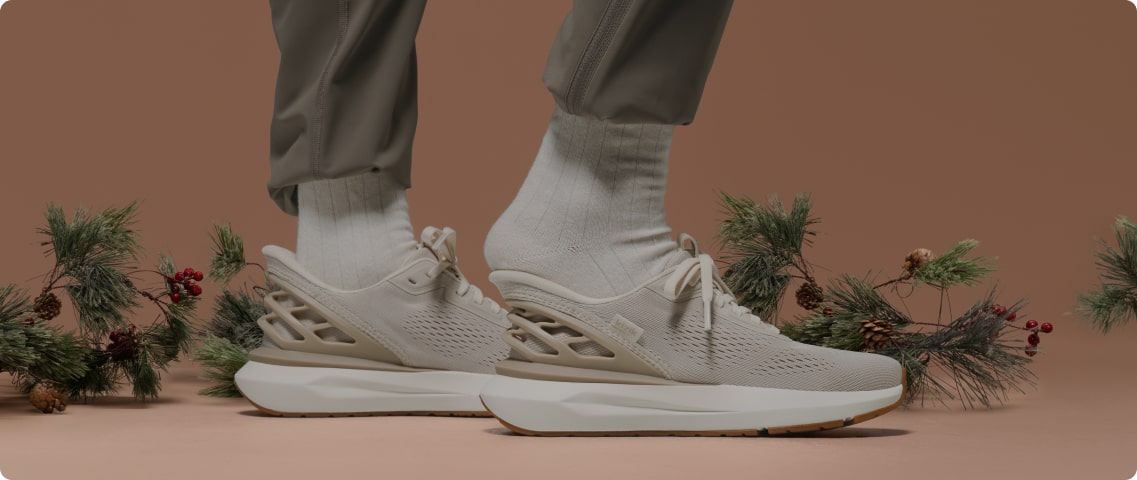
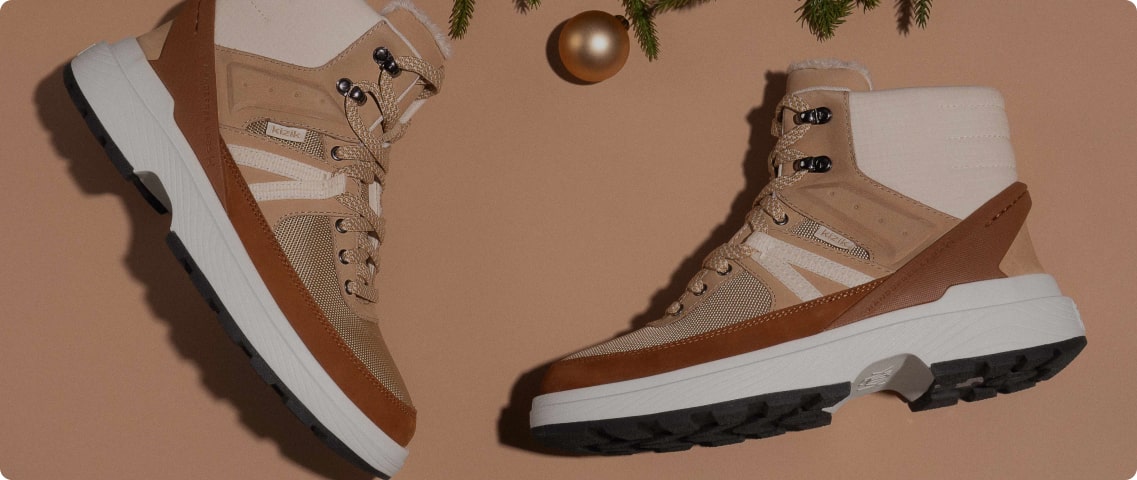
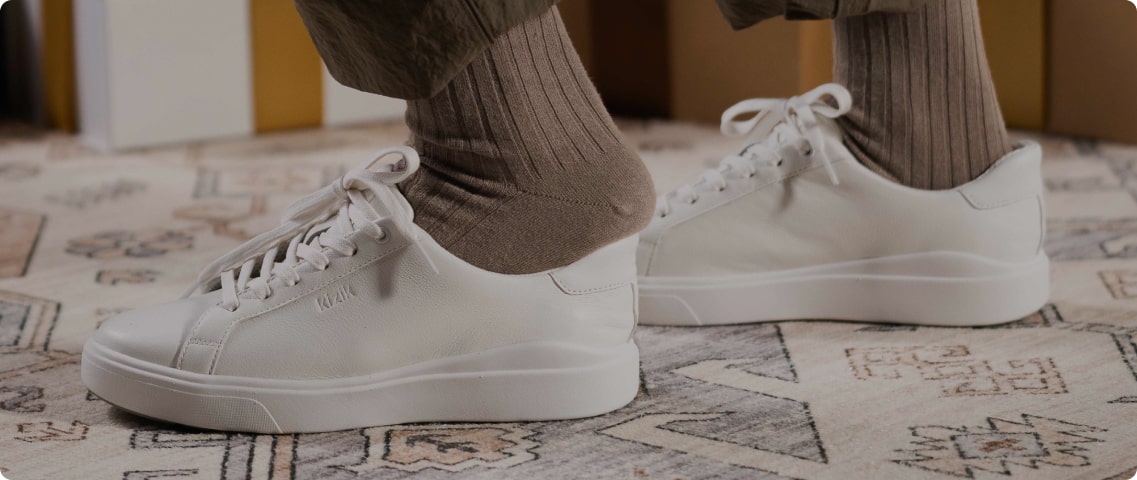
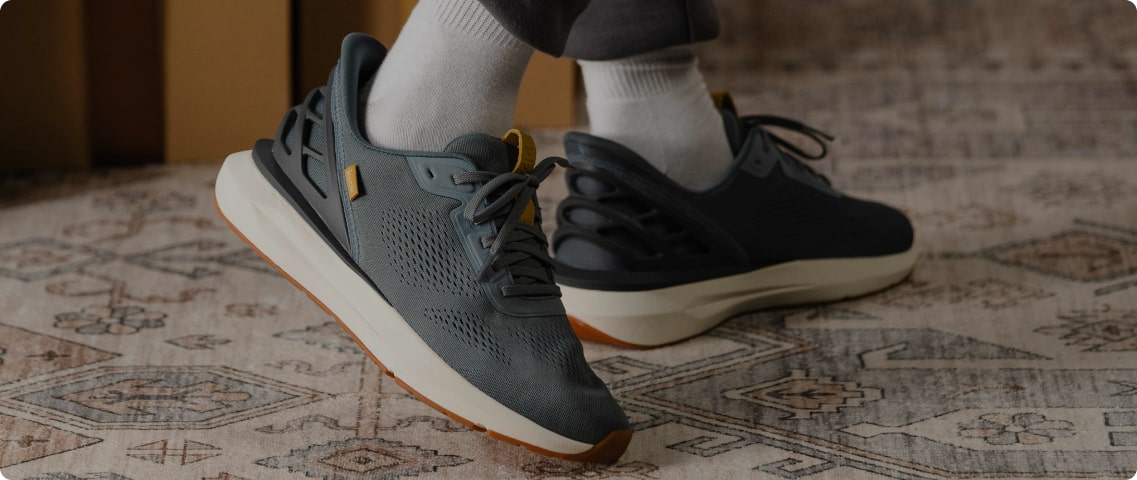
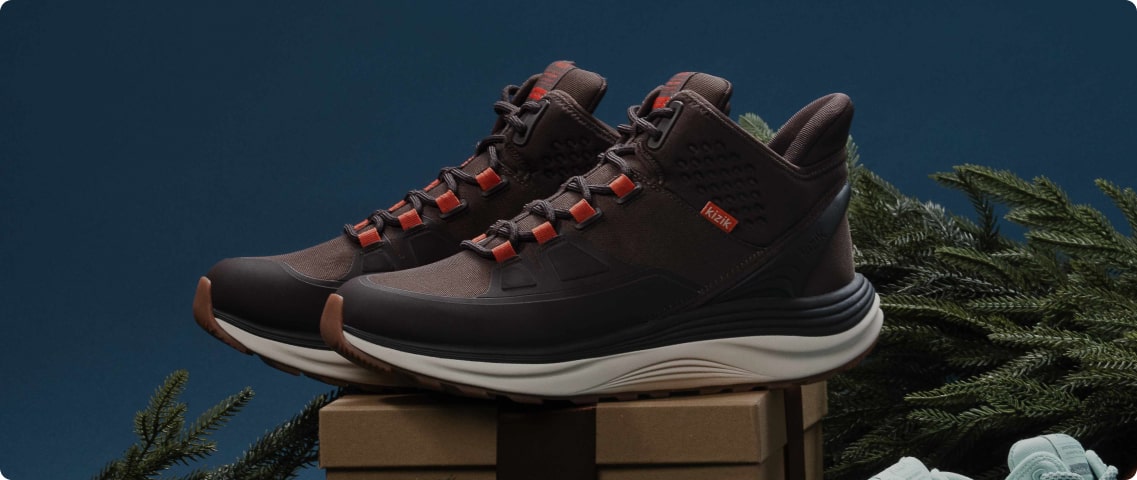
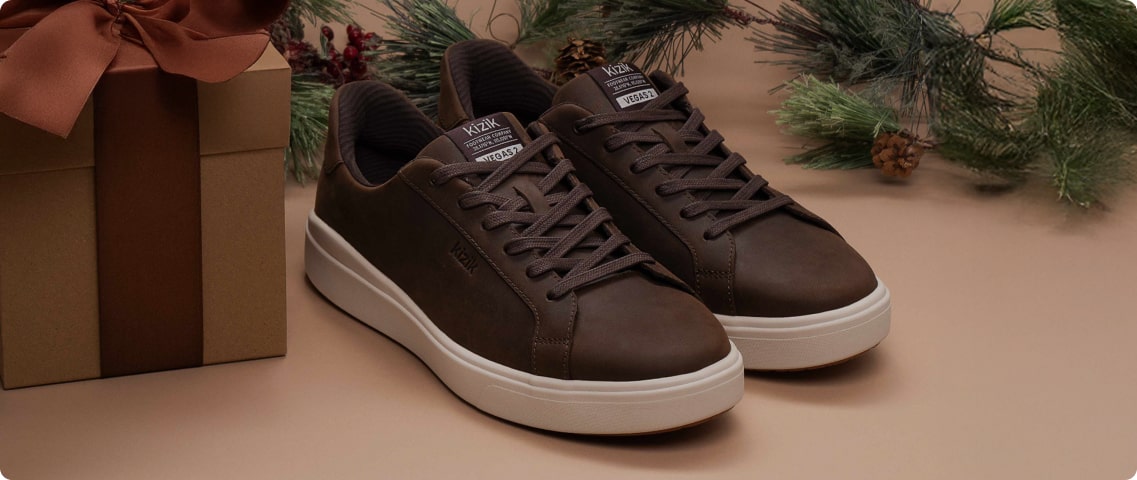
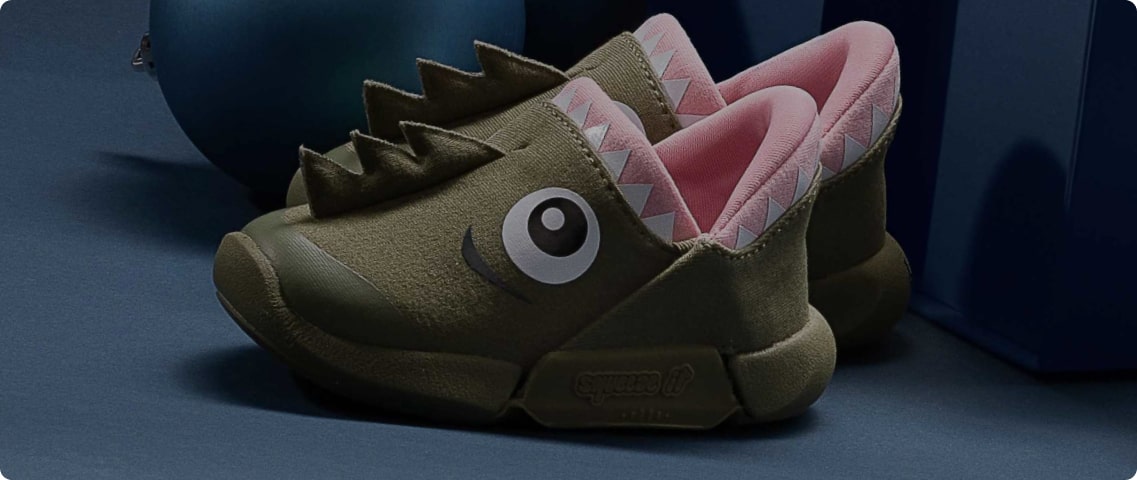
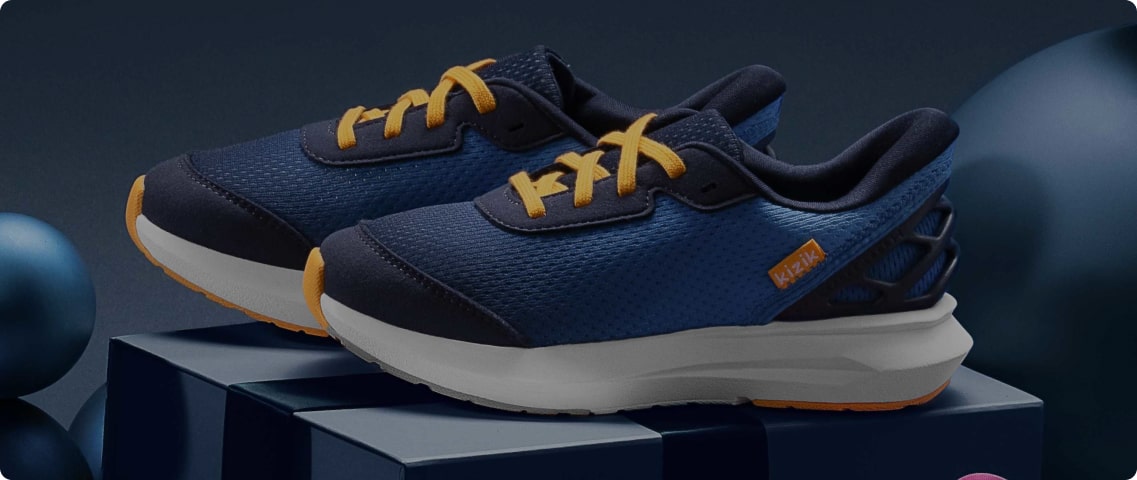
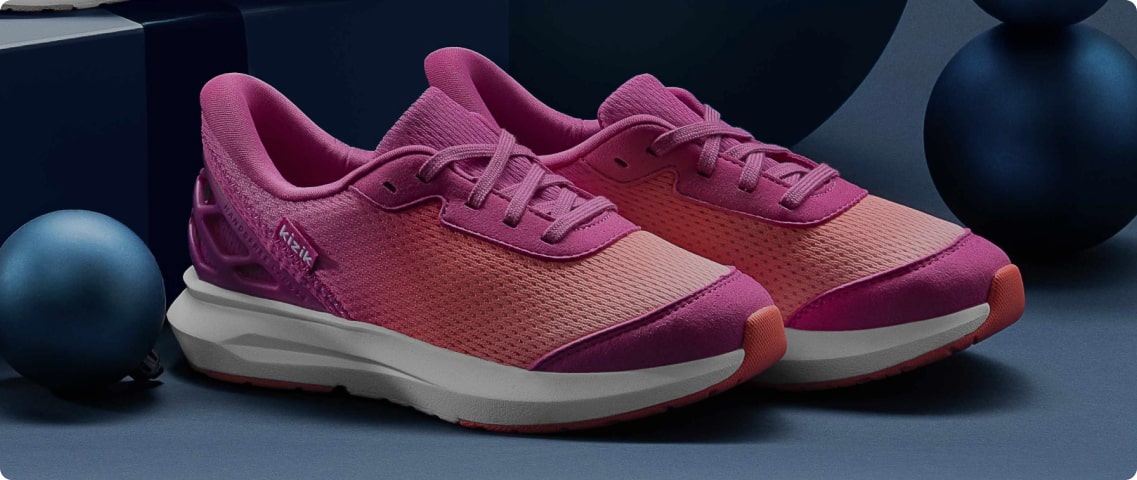




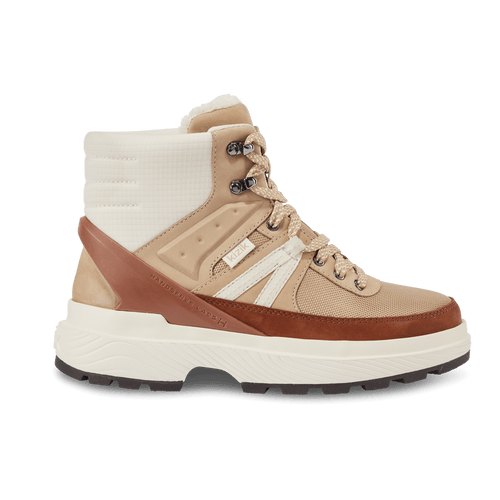
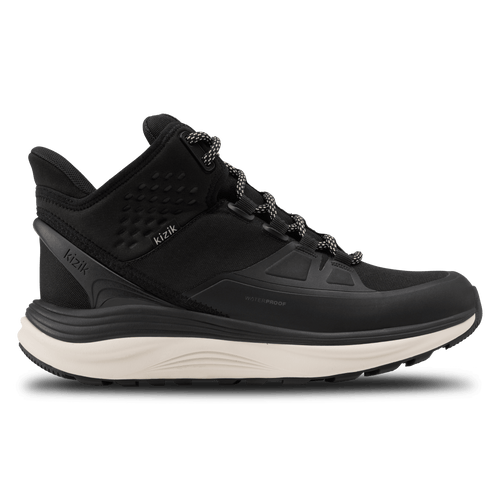





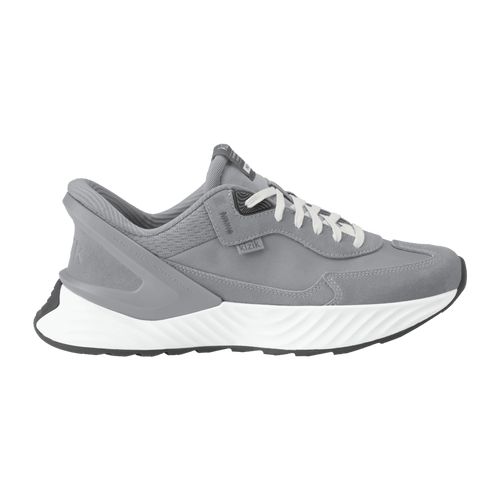




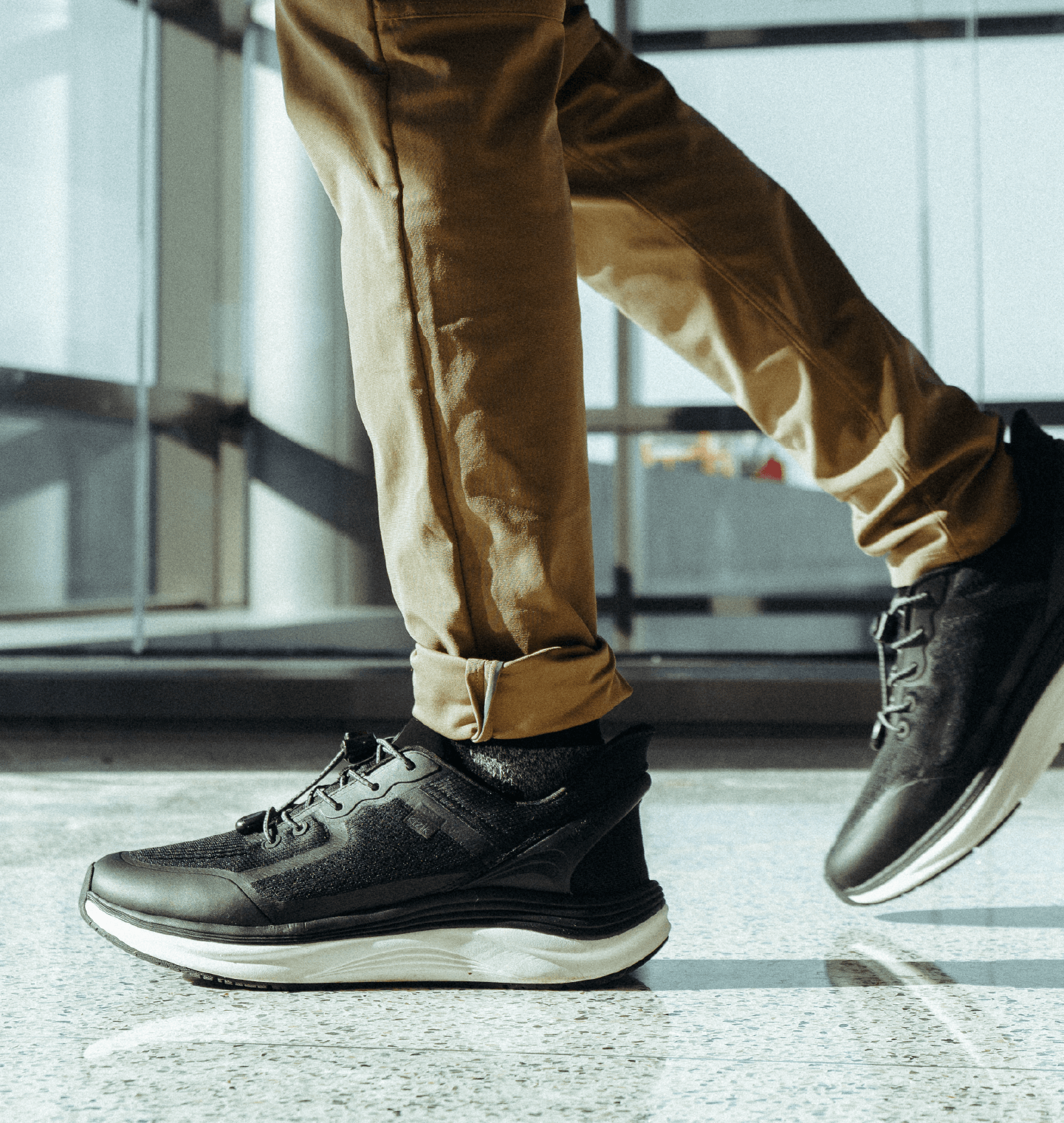
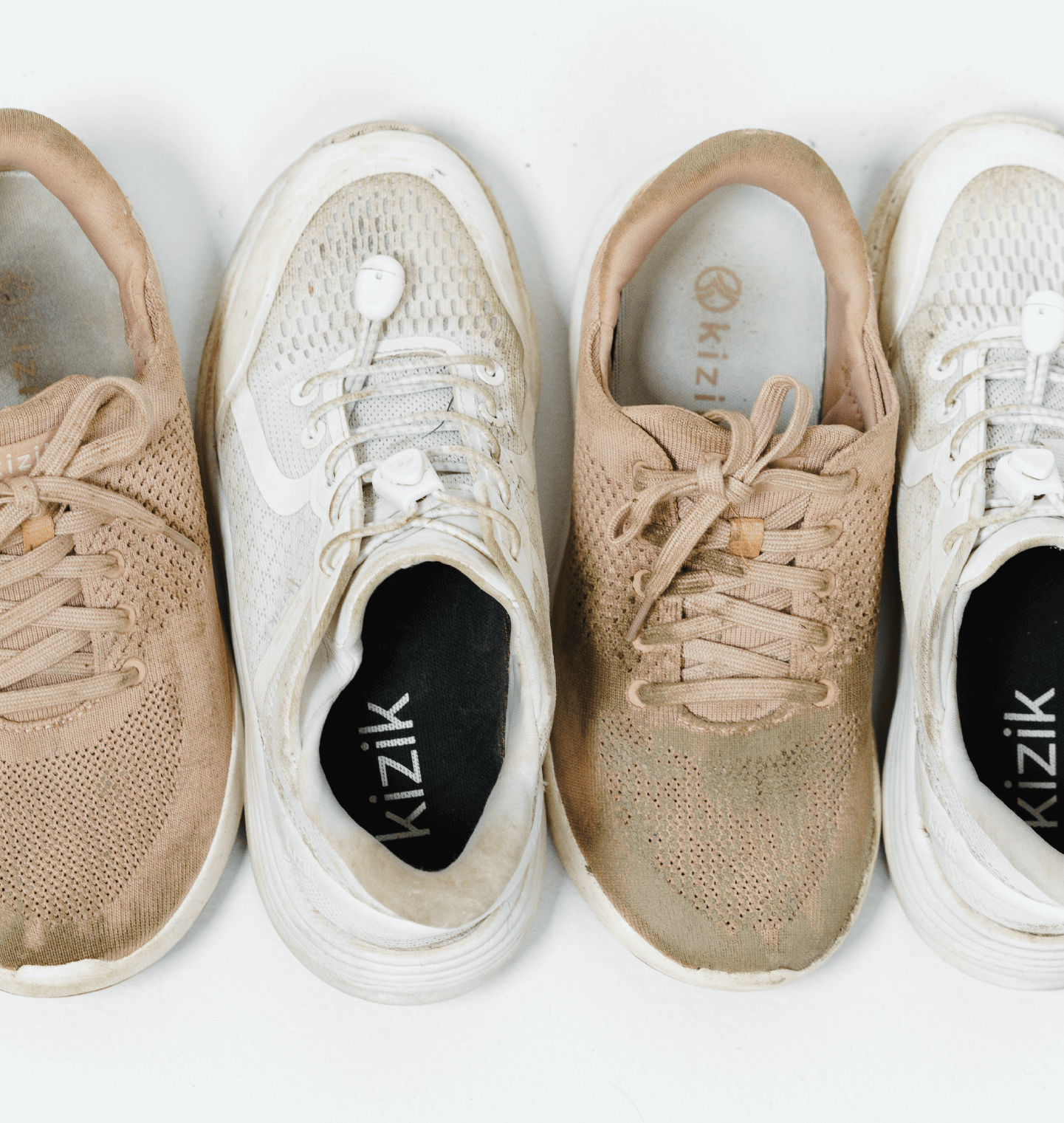
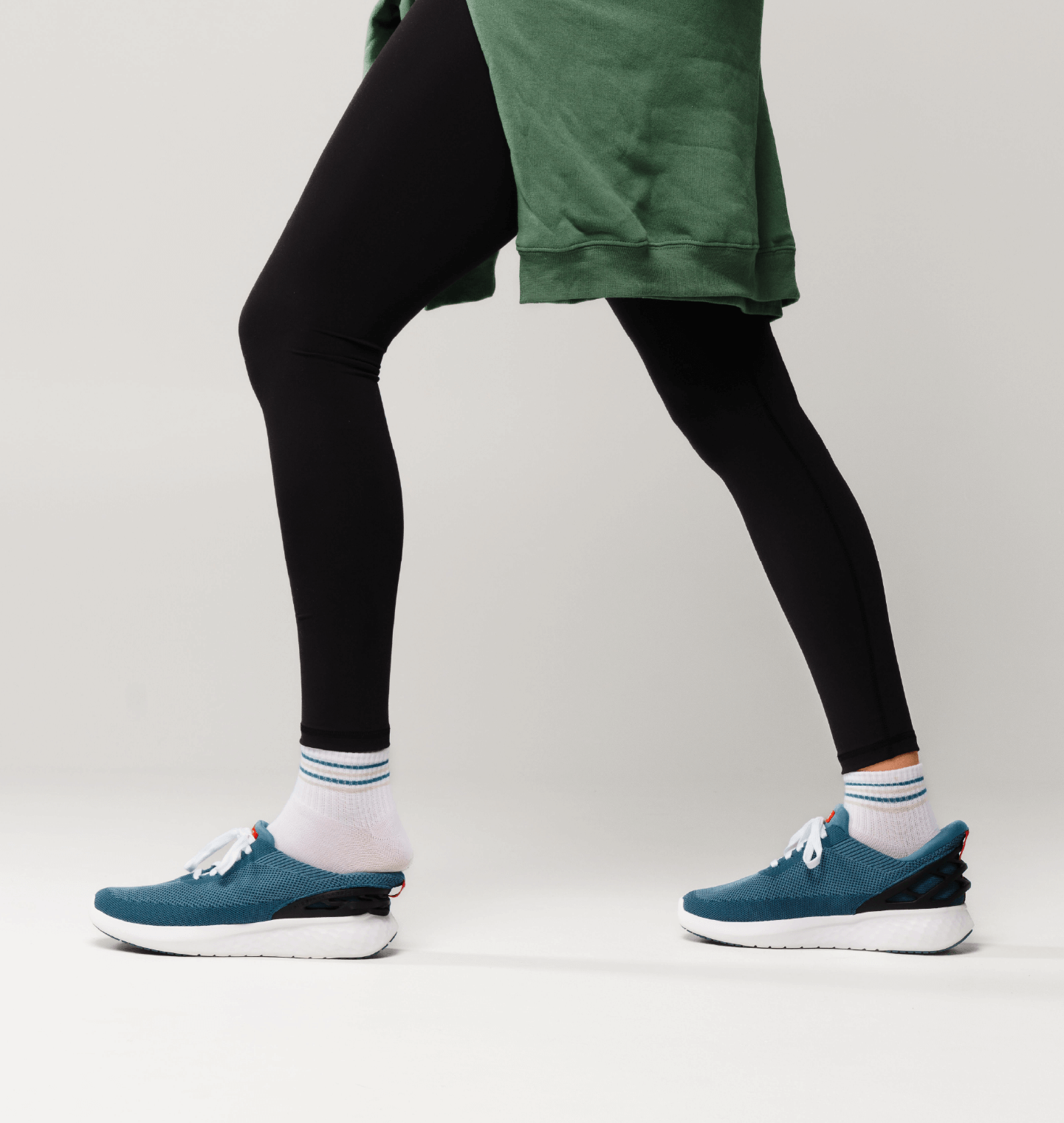
Leave a comment
This site is protected by hCaptcha and the hCaptcha Privacy Policy and Terms of Service apply.